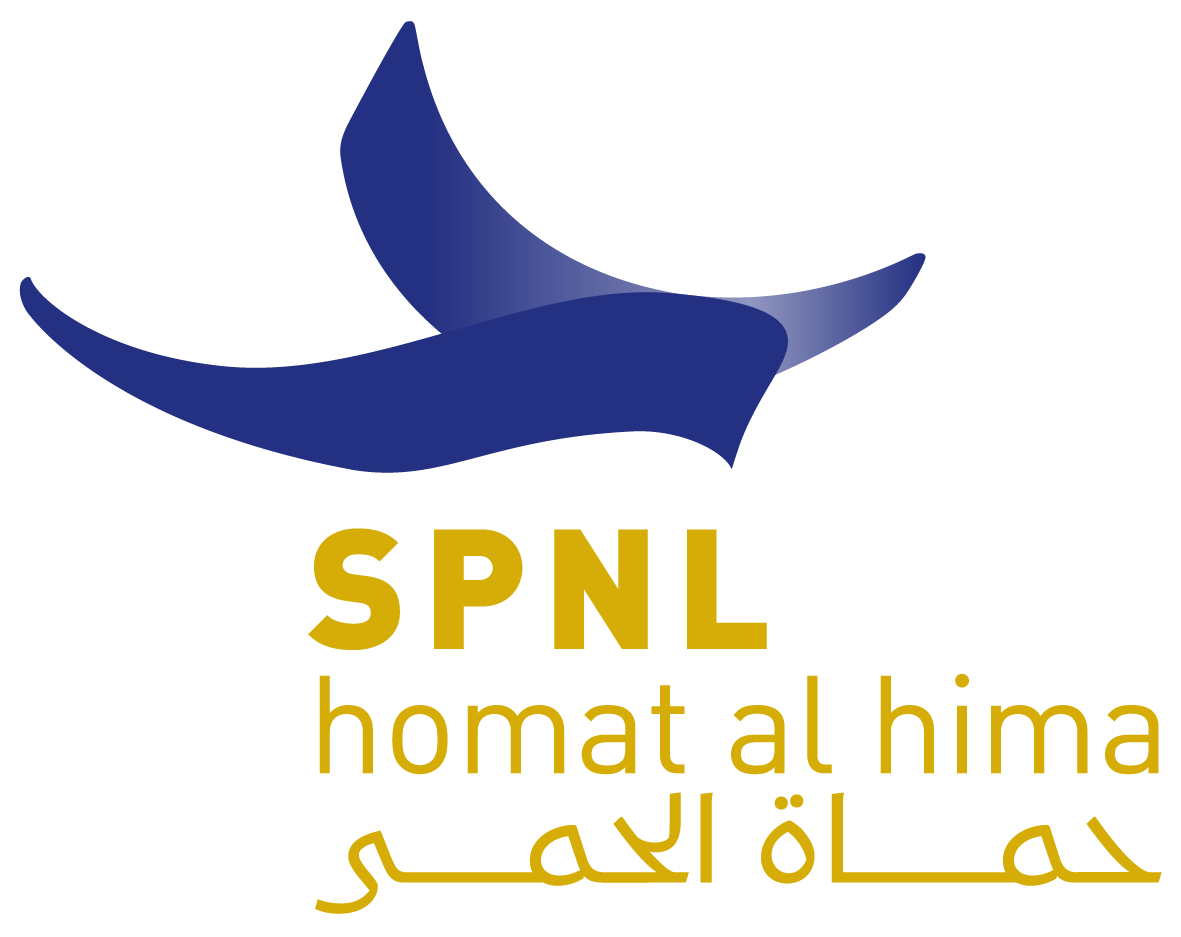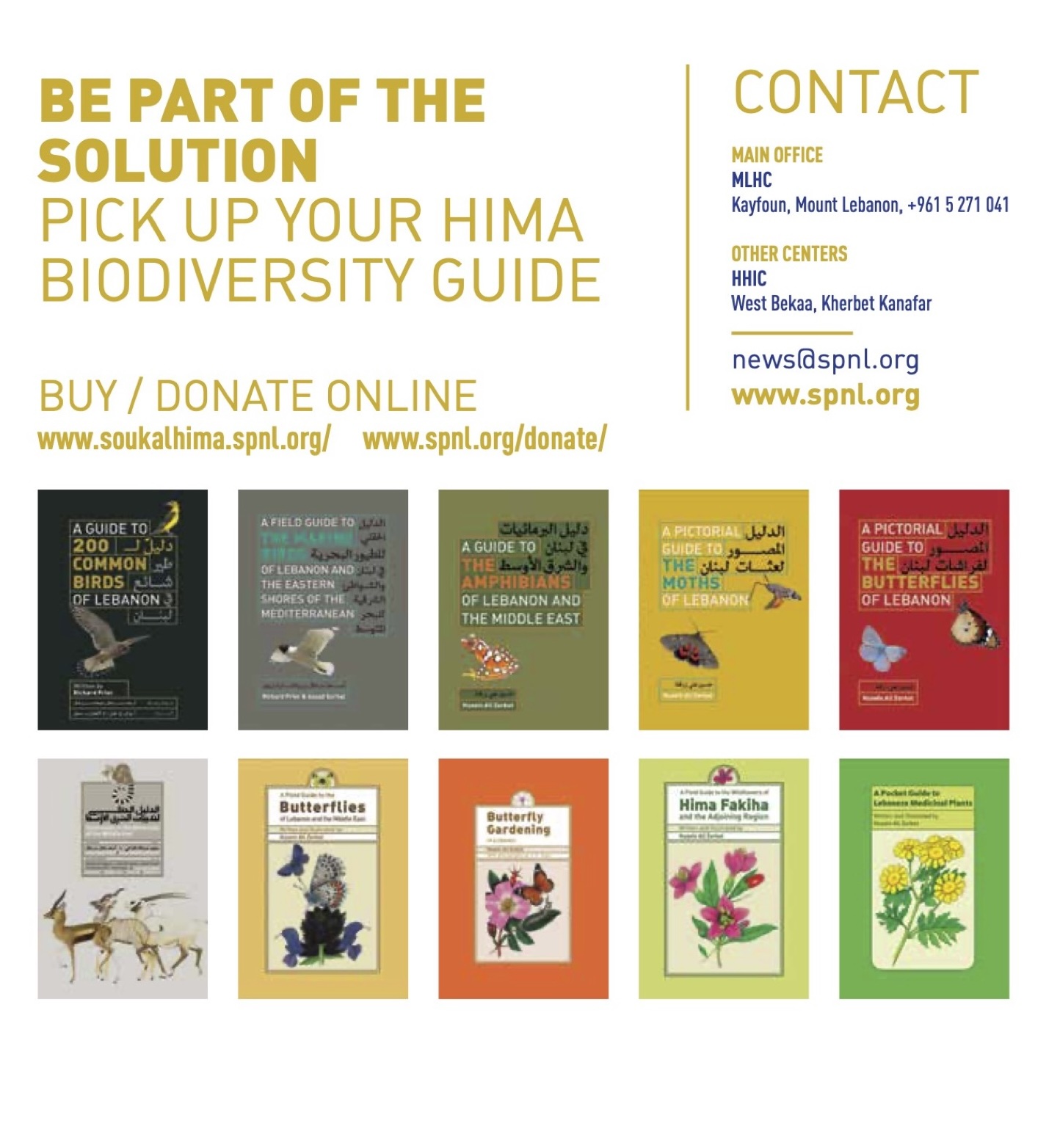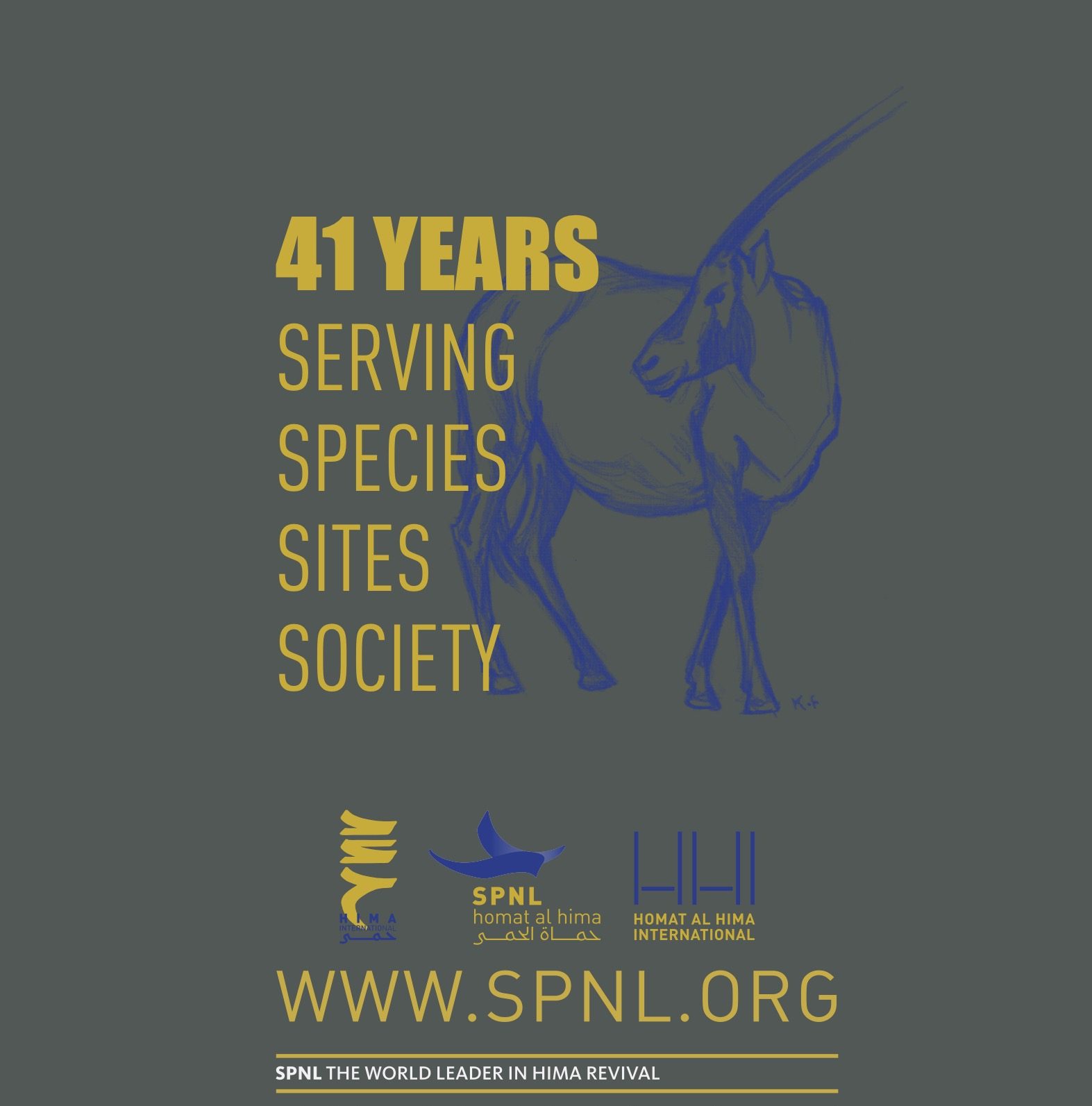On 9 May 2017 , at American University of Beirut ( AUB ) Architect & Landscape Department , lead by Professor Architect Gabriella Maria , jury reviewed with student, professors & experts , the students visions and proposals for saving Enfeh , potential Endangered ancient salt pools and beach front at East Mediterranean Coast of Lebanon , important for migrating Sea birds & endangered Mediterranean monk seal natural caves , in addition to the ancient cultural heritage in this amazing coastal town.


Working in partnership between AUB , Balamand University and Enfeh Municipality ,SPNL is advocating the Hima & Homat Al-hima approach .
Assad Serhal , SPNL Director & Mediterranean Consortium Chairman is working closely with Mediterranean Consortium Partners putting together a project , lead by Sandra Spissinger from DiversEarth ,Med-Ina , Yulda and WWF-North Africa , to help save endangered Mediterranean Artisanal fishing & coastal sites .
Project marine hima Enfeh, shall be presented by SPNL during Lisbon Mediterranean Consortium , next meeting 27-30 June , 2017.

1998 World Monuments Watch
Located along a 400-meter-long peninsula near Tripoli, the archaeological site of Enfeh was an ancient coastal town, once used by Phoenicians as a shipyard. Enfeh reveals remains from at least 3,000 years of human occupation. Phoenician and Roman walls, wine presses, mosaic floors, and two seventh-century chapels have been found at the site.
In 1998, Enfeh was included on the World Monuments Watch to raise awareness about the impact that the expansion of the nearby port might have on the site. Following inclusion on the Watch, the Lebanese government shifted expansion of the port to the southern part of the peninsula, therefore removing the most immediate threat to the site. However, the preliminary works that had already been carried out resulted in the loss of several sections of the Roman wall; a medieval trench had been used as a thoroughfare for construction trucks, and the site had suffered from illegal excavation and looting. In order to raise awareness about these issues, Enfeh was included on the World Monuments Watch again in 2000 and 2002.
Since the Watch
In the years following the 2002 Watch, local advocates worked to increase public awareness about the historical significance of Enfeh in order to deter illegal construction and littering among the ruins. Additionally, residents of the area restored several eighteenth- and nineteenth-century houses in the nearby town to encourage the development of heritage tourism. Land and maritime excavations and ethnographic research projects have helped promote the conservation of Enfeh as an asset for sustainable development. In 2011, the Department of Archaeology and Museology at the University of Balamand undertook a rescue campaign of the chapel of Saydet El Rih. In 2013, the Honor Frost Foundation funded an underwater archaeology project that resulted in the production of a short documentary.
Wide areas of enfeh and its surrounding are covered by salines. Along the length of the bay, the salt marshes add a typically pretty note to the landscape, especially with the traditional wind wheel which pumps seawater. The production of sea salt is a staple of the local economy. “White gold”, as it is called, provides for an inexhaustible natural resource which can thus be extracted without endangering the environment.






